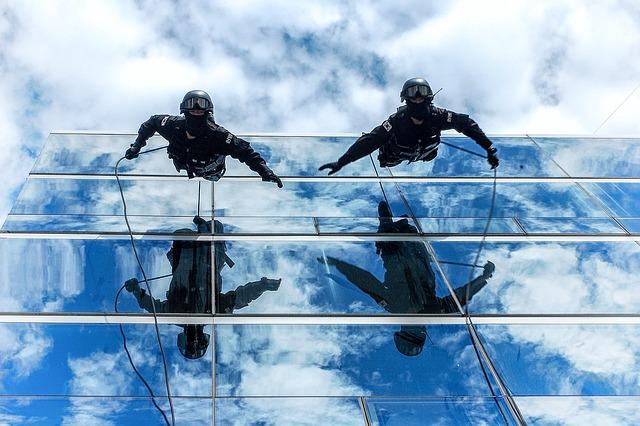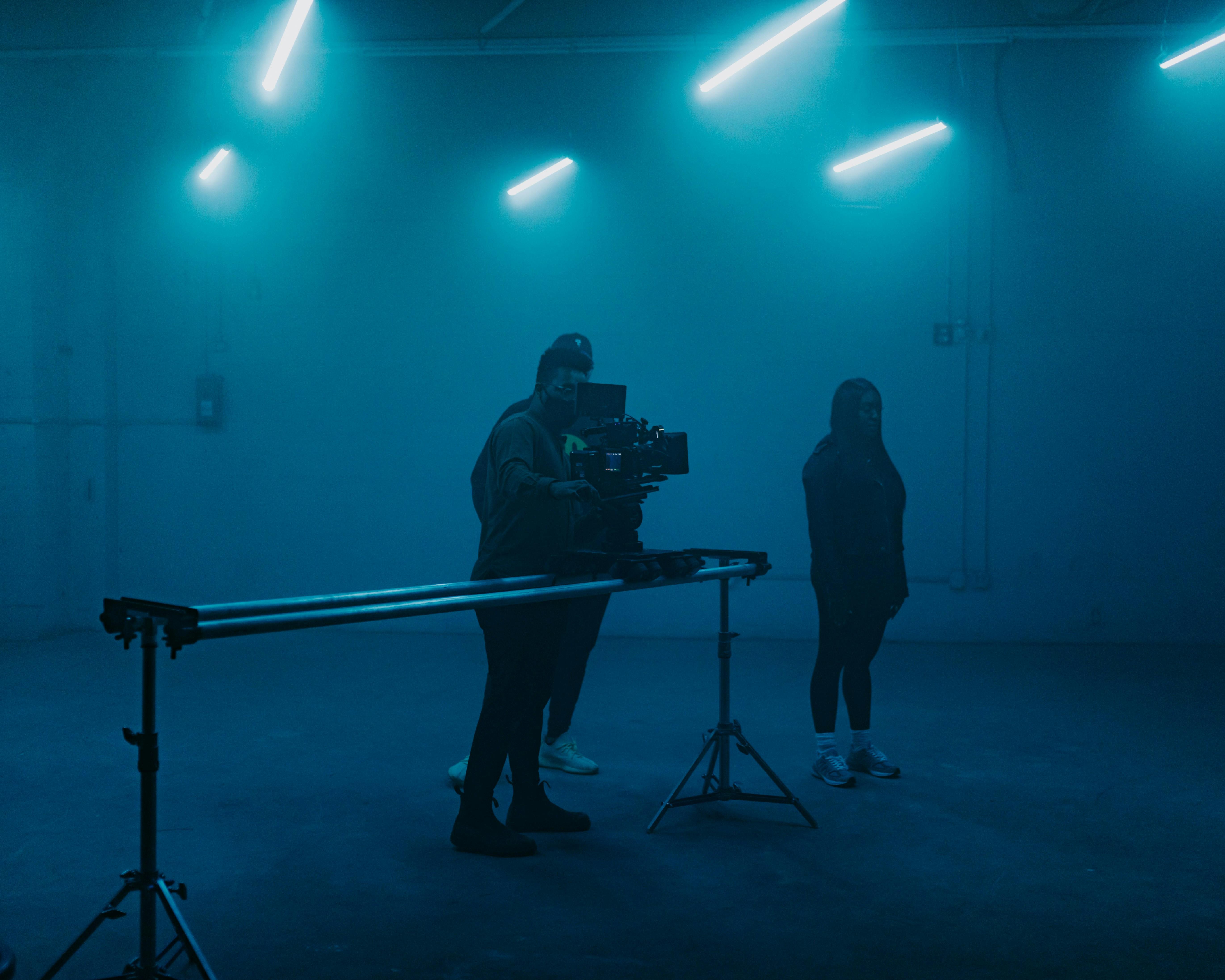In the ever-evolving landscape of cinema, blockbuster films captivate audiences with their stunning visuals and immersive worlds. Yet, the magic that unfolds on screen is the result of meticulous craftsmanship and cutting-edge technology behind the scenes. This article delves into the intricate process of creating special effects in today’s biggest films, offering a detailed breakdown of the techniques and innovations that define modern moviemaking. From CGI wonders to practical effects, we explore how filmmakers blend artistry and technology to push the boundaries of storytelling, transforming the impossible into the visually spectacular. Join us as we uncover the secrets and challenges faced by the creative minds that bring these cinematic marvels to life.
Understanding the Core Technologies Driving Spectacular Visuals
In the realm of blockbuster cinema, the spectacle of special effects is crafted through a fusion of cutting-edge technologies. Computer-Generated Imagery (CGI) plays a pivotal role, allowing filmmakers to create breathtaking worlds and characters that transcend reality. This technology leverages sophisticated algorithms and rendering techniques to produce visuals that are both lifelike and fantastical. Motion capture technology is another cornerstone, capturing the intricate movements of actors to bring digital characters to life with astonishing realism.
Another critical component is augmented reality (AR), which enhances scenes by overlaying digital information onto the real world, creating immersive experiences that captivate audiences. Virtual reality (VR) also contributes by offering directors a unique perspective to visualize and plan complex scenes. The integration of these technologies is complemented by the artistry of practical effects, which include the use of miniatures, pyrotechnics, and animatronics. Together, these technologies and techniques coalesce to push the boundaries of visual storytelling.

Analyzing the Role of Practical Effects in Enhancing Realism
In the realm of blockbuster films, practical effects serve as a cornerstone for achieving unparalleled realism. Unlike their digital counterparts, these tangible techniques—ranging from meticulously crafted prosthetics to intricate set designs—ground a film in reality, creating an immersive experience that resonates with audiences. Practical effects bring a tactile quality to the screen, offering a sense of authenticity that computer-generated imagery often struggles to replicate.
- Authentic Interactions: Actors interacting with real objects and environments often deliver more genuine performances.
- Enhanced Visual Texture: The physicality of practical effects contributes to the film’s visual depth, providing a richer, more detailed aesthetic.
- Audience Connection: Viewers are more likely to emotionally engage with scenes that feel physically present and believable.
Incorporating practical effects not only enhances the visual storytelling but also elevates the entire cinematic experience, drawing viewers into the world crafted by filmmakers. As technology evolves, the seamless integration of practical and digital effects continues to redefine what is possible on the silver screen.
Exploring the Collaboration Between VFX Artists and Directors
The synergy between directors and VFX artists is a dynamic interplay of vision and execution. Directors bring their creative narratives and visual aspirations to the table, while VFX artists translate these ideas into stunning digital realities. This collaboration is a dance of imagination and technical prowess, where both parties must maintain a fluid dialogue to ensure the final product aligns with the director’s vision. Trust and communication are pivotal, as directors rely heavily on the expertise of VFX teams to push the boundaries of what’s possible, often reshaping entire scenes through digital artistry.
Key elements of this collaboration include:
- Conceptual Development: Early involvement of VFX teams in script discussions to identify potential effects.
- Pre-Visualization: Crafting digital storyboards to map out complex sequences before filming.
- Iterative Feedback: Regular reviews to refine effects and ensure alignment with the director’s vision.
- Technical Innovation: VFX artists pushing technological boundaries to achieve groundbreaking effects.
Through this collaborative process, VFX artists and directors create the awe-inspiring visual spectacles that define blockbuster cinema.

Strategies for Balancing Budget Constraints with Creative Vision
In the high-stakes world of blockbuster films, achieving a seamless blend of budget management and creative vision is paramount. Filmmakers often rely on a combination of innovative techniques and strategic planning to maintain this balance. Key strategies include:
- Pre-visualization Tools: Utilizing advanced software for pre-visualization helps directors and effects teams map out complex scenes. This not only saves time during shooting but also reduces costly reshoots.
- Hybrid Effects: Combining practical effects with digital enhancements can create a more authentic look while keeping costs down. By leveraging existing props and sets, filmmakers can minimize reliance on expensive CGI.
- Strategic Outsourcing: Partnering with international VFX studios allows access to diverse talent pools and cost-effective solutions, ensuring high-quality output without exceeding budget limits.
By prioritizing these strategies, production teams can deliver stunning visuals that captivate audiences, all while adhering to financial constraints. This approach not only preserves artistic integrity but also ensures the film’s commercial success.

